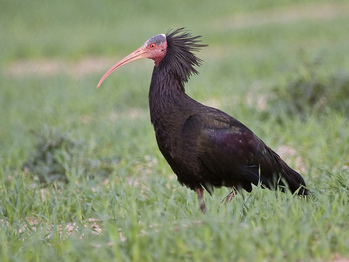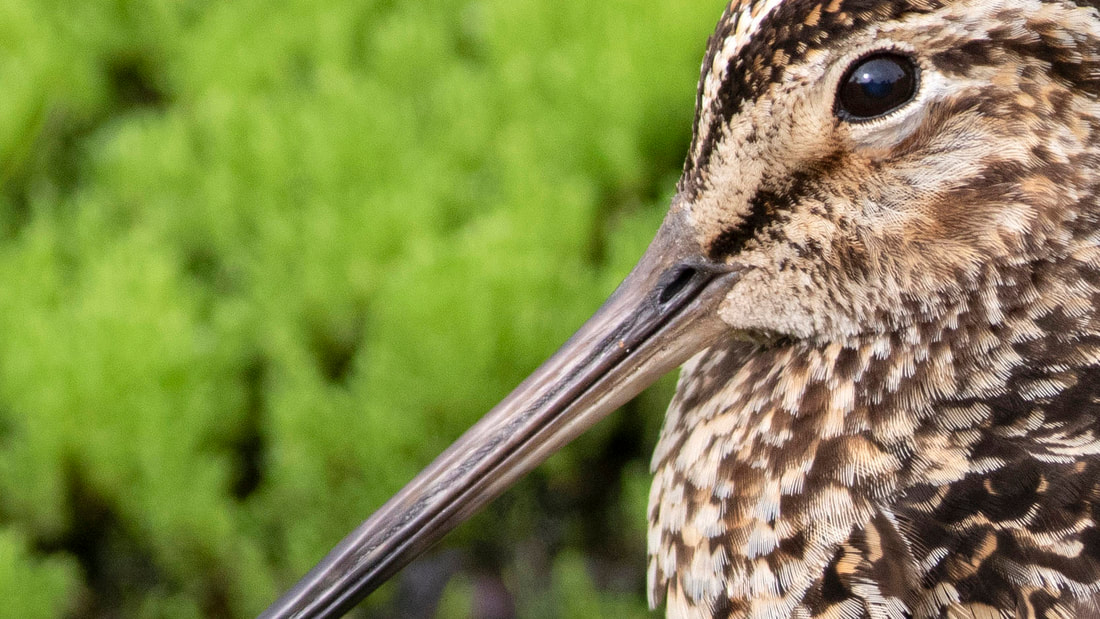
Updated October 2011: The book was published in May, and is a great fieldguide! It has high quality pictures of all species (covering most Norwegian species as well) in natural resting positions. The book is possible to order from www.sverigesfjarilar.se/







 RSS Feed
RSS Feed
